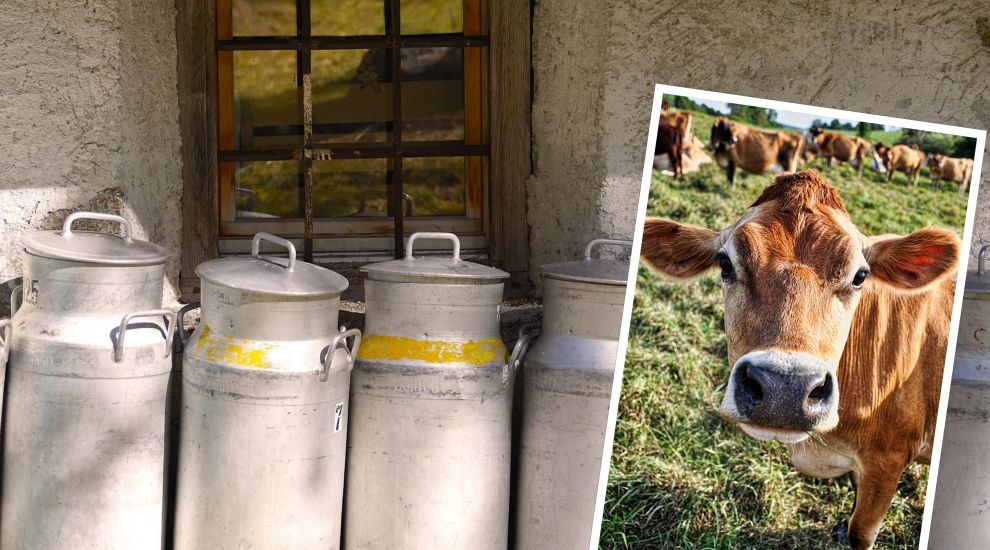

There are fewer milk cows in Jersey - their number decreased for the second year in 2016 - but they are more productive than they have ever been, each producing an average 5,093 litres per year, all thanks to the 'world-class genetics' of international Jersey bulls.
While the number of milk cows fell from 2,807 to 2,731 in 2016, their average milk yield rose from by 153 litres per cow, a 3.1% increase, the latest agricultural statistics reveal.
The States Assembly adopted a proposition to import international Jersey bull semen in 2008 after a lengthy debate during which some members argued that "the 200 year-old purity of the Jersey cow was an icon to be saved at all cost."
The first offspring of international bulls came to the island in 2010 and since then, the average yield per cow has been steadily rising. It went up by 17.3%, going from 4,342 litres per cow per year to 5,093 litres per cow per year in 2016. Between 2015 and 2016 only, the yield per cow rose by 153 litres per cow or 3.1%. It is expected these numbers will continue to rise as several herds are now reporting average yields of over 6,000 litres.

Pictured: The evolution of cattle numbers since 2012.
Importing international Jersey bull semen has enabled dairy farmers to improve "the milking ability of their herds by using world-class genetics." In 2008, it was estimated that it would take 10 years to see the full benefits of combining "the conformation and longevity of the Jersey Island breed with the best economic and milking traits of the world Jersey population."
The rise in the cows' productivity has led to a fall in their numbers. While total cattle numbers increased by 61 animals to 4,939 in 2016, the number of cows and heifers in milk held on dairy farms fell for the second year from 2807 to 2731. The decline in the number of dairy farms in Jersey and the milk licencing scheme operated by Jersey Dairy to bring the output of individual farms in line with market demand have also contributed to the ongoing decline, which represents a fall of 7.7% since 2014.
The volume of milk sold to Jersey Dairy in 2016 slightly rose by 23,000 litres compared to the 2015 level, the gross value of milk and milk products however increased by a much more significant amount up by £245,000. This translates to an increase in gross value per litre of milk received by Jersey Dairy from £0.99 per litre in 2015 to £1.01 per litre in 2016.
The average price paid to milk producers by Jersey Dairy however fell from 46.4 pence per litre in the year to March 2016 to 46.2ppl in the year to March 2017. This is due to Jersey Dairy’s ‘shared risk policy’ where newly released milk licences allowing dairy farms to increase milk output are paid at a reduced price per litre whilst Jersey Dairy’s product sales are grown to fully utilise the new milk supply.
Other livestock numbers also fell in 2016 with pigs falling by 3.2%, poultry by 8.5% and sheep by 14.2%. Goats however saw their numbers rise with a 8% hike in their population.
Comments
Comments on this story express the views of the commentator only, not Bailiwick Publishing. We are unable to guarantee the accuracy of any of those comments.